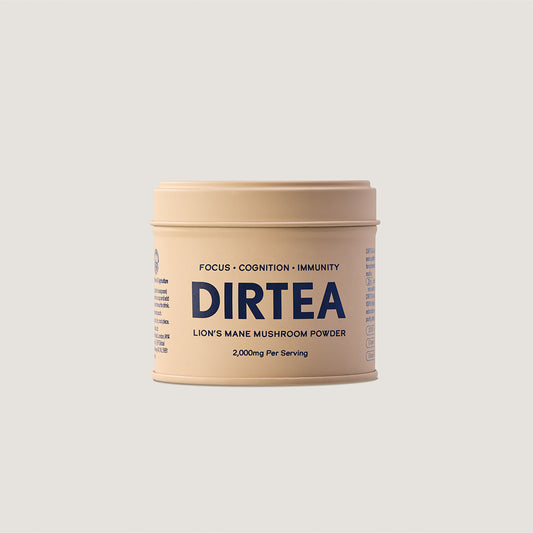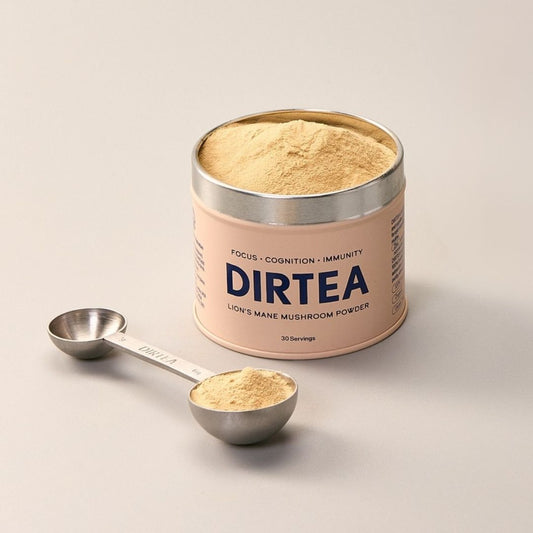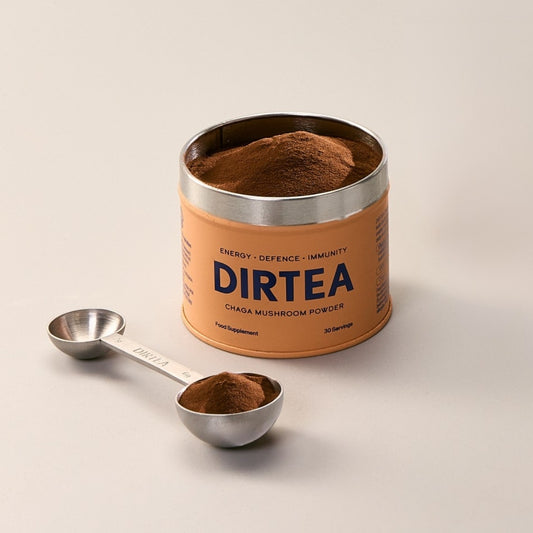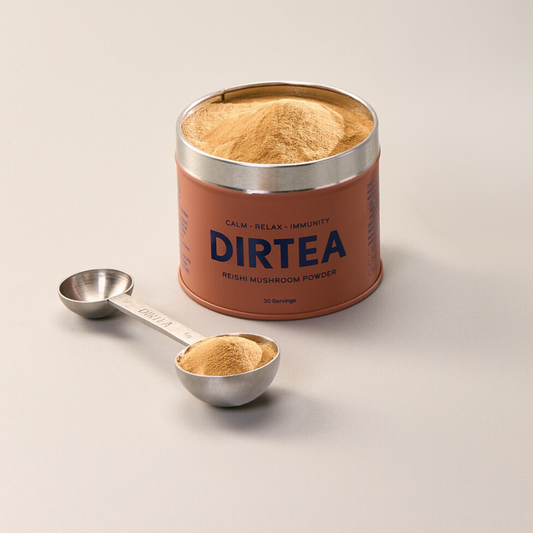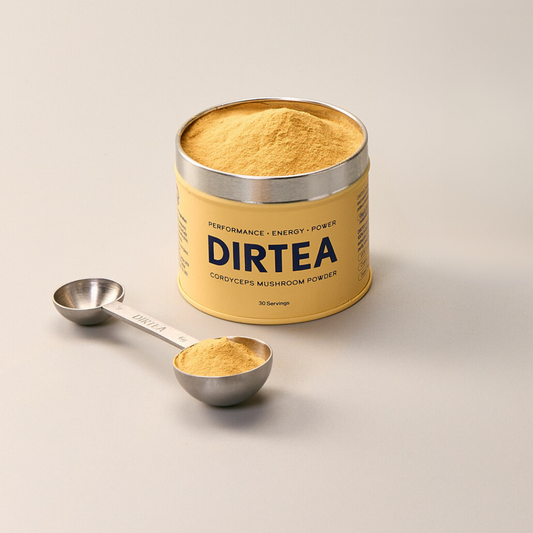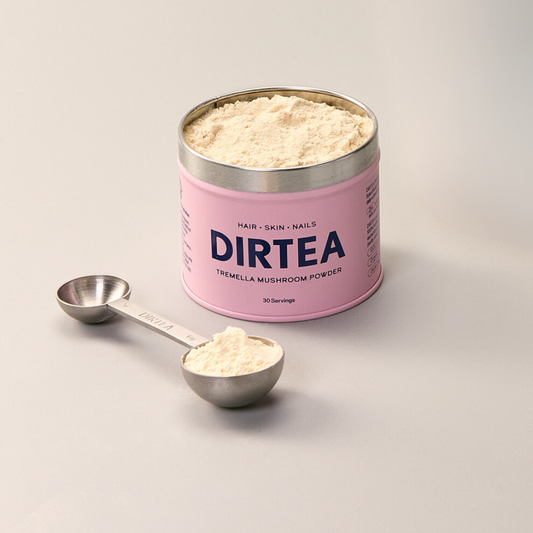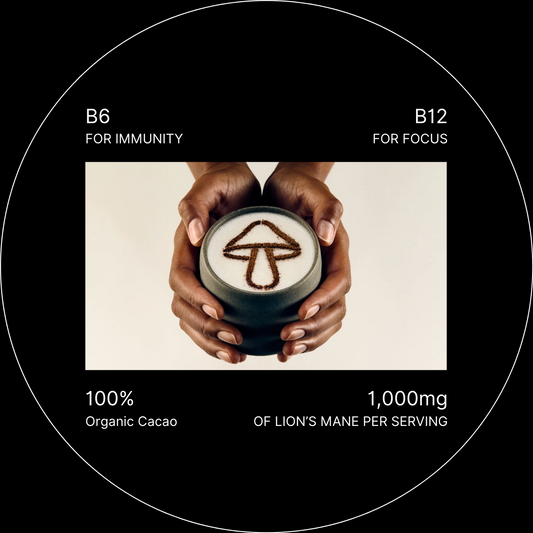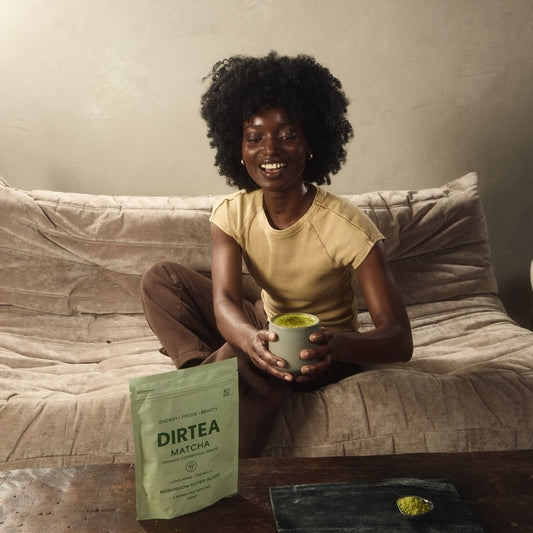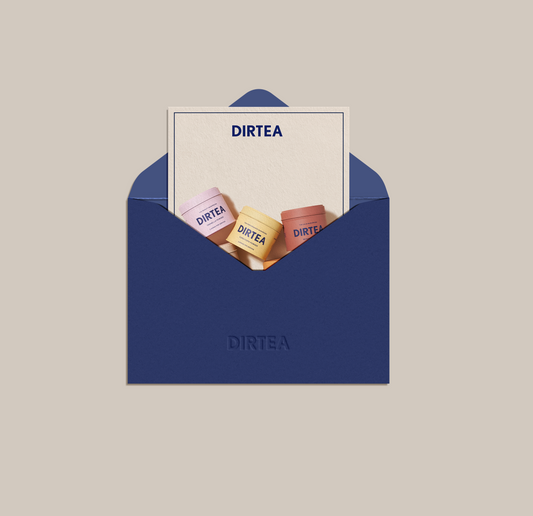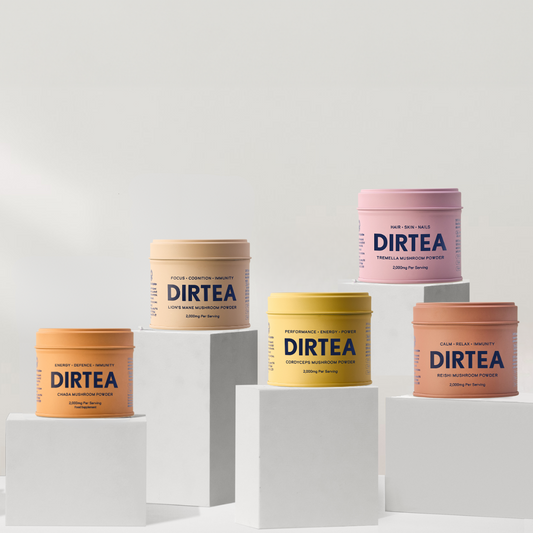Mushroom Supplement Labels Explained: What to Look For (and Avoid)

Share
Labels Can Be Misleading — Here's Why It Matters
In today’s wellness world, mushroom supplements are everywhere—from your favourite influencer’s morning ritual to supermarket shelves and digital storefronts. With the surge in popularity of functional mushrooms like Tremella, Reishi, Lion’s Mane, and Chaga, it’s never been easier to grab a pouch or bottle that promises everything from mental clarity to immune support.
But here’s the problem: not everything on the label is always true.
-
According to an article during the COVID-19 pandemic, rising demand for immune-support supplements like elderberry, turmeric, and functional mushrooms led to increased consumer scrutiny of ingredient labels, but also to widespread mislabelling and adulteration
-
Another survey of 30 dietary supplement products (not all mushroom-based) discovered that 17 had inaccurate labels; 13 were misbranded, and 9 contained additional components NOT claimed on the label.
-
More broadly, in herbal food supplements, about 26% of samples are non-compliant with labelling requirements in some jurisdictions—meaning consumers are getting what they think they’re paying for… or perhaps not
So how can you cut through the hype and pick a mushroom supplement that actually works?
This guide walks you through everything you need to know when reading a mushroom supplement label—so you can make confident, informed choices.
1. Start With the Basics: What Are You Really Getting?
Most mushroom supplement labels are designed to sound good—but that doesn’t mean they’re clear or truthful. Here are the key features to understand:
Fruiting Body vs Mycelium
Fruiting Body = the above-ground part of the mushroom (what you see in nature)
Mycelium = the root-like network that grows within grain or wood substrates
Many low-cost products use mycelium grown on grain and don’t remove the grain. The result? A lot of starchy filler and not much mushroom.
Why it matters:
Fruiting bodies generally contain higher concentrations of:
-
Beta-glucans (linked to immune modulation)
-
Triterpenes (especially in Reishi)
-
Hericenones (in Lion’s Mane for cognition)
Look for: Labels that clearly state “fruiting body only” or “100% fruiting body extract.” If it says “mycelium” without disclosing substrate or ratios, that’s a red flag.
The Extraction Process: Making Mushrooms Bioavailable
Mushrooms hold incredible compounds inside their tough cell walls—but on their own, these walls are made of chitin, which our bodies can’t digest. That’s why extraction is essential.
At DIRTEA, we use large pressure cookers filled with pure, filtered water. This process heats the mushroom cells and cracks open the walls, releasing the beneficial compounds within. We repeat this up to three times, ensuring that all the target compounds are fully separated from the chitin.
Once the cell wall is broken, the hidden treasures—polysaccharides and beta-glucans—are unlocked. These become bioavailable, meaning your body can absorb and metabolise them, allowing you to experience the full spectrum of mushroom goodness.
2. The Supplement Label Guide: What to Look For
Use this table as your go-to reference when scanning any mushroom product label:
|
Label Element |
✅ What to Look For |
❌ What to Avoid |
|---|---|---|
|
Mushroom Part |
“Fruiting body only” or “fruiting body extract” |
“Mycelium” without mention of substrate |
|
Extraction Type |
Dual extract, hot water, clear ratio (e.g., 10:1) |
No extraction info, “whole mushroom powder” |
|
Dosage Info |
Exact mg per serving, e.g., “1,000 mg of 10:1 Lion’s Mane extract” |
Vague directions like “take one scoop daily” |
|
Bioactives |
Beta-glucans % listed (e.g., 25%) |
No standardisation or active content data |
|
Additional Ingredients |
Clearly labelled vitamins (e.g., B12, Zinc), no fillers |
Artificial sweeteners, “natural flavour” without breakdown |
|
Testing & Safety |
Third-party lab tested, heavy metals/pesticides screened |
No COA, no origin transparency, no batch info |
3. Common Marketing Red Flags
The wellness industry is full of clever buzzwords. Here’s what to watch out for:
❌ "100% Mushroom"
Sounds great—but is it fruiting body or mycelium? Is it raw powder or extract? Without specifics, this phrase is often meaningless.
❌ "Dual Extracted" Without Ratios
Dual extraction means both water and alcohol were used—but without a standardisation (like “30% beta-glucans”), you can’t assess potency.
❌ "Mycelium-Based" or "Full Spectrum"
If the mycelium is grown on grain, you're likely getting a big dose of oats or rice, not bioactive mushrooms.
❌ Overpromising Claims
Statements like “boosts immunity instantly” or “cures anxiety” are only misleading. Always favour brands that educate, not exaggerate.
4. Why Dosage Clarity Matters
A mushroom won’t support your wellness goals unless you’re taking the right dose. Unfortunately, many products underdose or hide their actual amounts.
Tip: Look for products that tell you exactly how much extract you’re getting per serving—ideally backed by research or tradition.
At DIRTEA, dosage is transparent:
-
Our powders are standardised and give mg per serving (e.g., 1,500mg Cordyceps extract)
-
Each formula is designed around real science and traditional daily amounts
-
We never hide behind vaguely worded blends or tiny serving sizes
5. Added Nutrients: Are They a Good Thing?
Some mushroom products are enriched with additional vitamins or minerals. This can be helpful—if done transparently.
Example:
DIRTEA Lion’s Mane Focus Powder contains organic zinc, which:
-
Contributes to normal cognitive function
-
Supports immune health
Example:
DIRTEA Reishi Calm Powder includes vitamin B12, which:
-
Helps reduce tiredness and fatigue
-
Supports the nervous system
Look for: Nutrients that are functional and declared with amounts. Avoid meaningless “sprinkles” or megadoses that aren’t necessary.
6. What Makes DIRTEA a Clean Mushroom Brand?
Let’s bring it all together. Here’s why DIRTEA is different—and trusted:
|
DIRTEA Promise |
What It Means for You |
|---|---|
|
100% fruiting body only |
No mycelium, no grain, no confusion |
|
Dual extracted & standardised |
Bioavailable formulas with active compounds |
|
No fillers or binders |
Just mushrooms, vitamins, and nature |
|
Clear mg per serving |
You know exactly what you're getting |
|
Added functional vitamins |
With purpose—like B12, Zinc, and C |
|
Third-party tested |
Clean of heavy metals, pesticides, or microbes |
|
Ritual-first mindset |
Daily wellbeing, not just supplements |
7. The DIRTEA Label—Explained
Let’s break down what a real mushroom supplement label should look like, using DIRTEA as a model:
DIRTEA Reishi Calm Powder
-
1,000mg dual-extracted Reishi (fruiting body)
-
Enriched with Vitamin B12 (1.2μg)
-
Organic, vegan, non-GMO
-
30 servings per pouch
-
Third-party tested
-
All ingredients listed
-
Nutritional value
✔️ That’s clarity. That’s clean. That’s DIRTEA.
Final Thoughts: Knowledge is Power (and Protection)
Reading a supplement label shouldn’t require a PhD in biochemistry—but unfortunately, many brands rely on consumer confusion to cut corners. By learning what to look for (and what to question), you can protect your wallet and your wellbeing.
DIRTEA believes in clear, functional, and fully disclosed mushroom nutrition—so you can sip with confidence and feel the difference.
FAQs: Mushroom Supplement Labels
Q: What’s better—mycelium or fruiting body?
Fruiting body is generally preferred due to higher bioactive content. If mycelium is used, look for brands that disclose the substrate and extraction method.
Q: Do extraction ratios matter?
Yes. A higher extraction ratio (e.g., 10:1) means more raw mushroom was used to create the extract. Standardisation (like “30% beta-glucans”) gives even more precision.
Q: Are added vitamins just hype?
Not when used properly. Vitamins like B12, Zinc, and C support cognitive, immune, and nervous system health—and can synergise with mushrooms.
Q: Are mushroom powders better than gummies?
It depends on your lifestyle. DIRTEA powders are great for morning rituals; gummies are convenient for travel and consistent daily use. Just check the label for quality and dosing.
Refences
-
Hong You, H., Abraham, E. J., Mulligan, J., Zhou, Y., Montoya, M., & Willig, J. (2024). Label compliance for ingredient verification: Regulations, approaches, and trends for testing botanical products marketed for “immune health” in the United States. Critical Reviews in Food Science and Nutrition, 64(9), 2441–2460. https://doi.org/10.1080/10408398.2022.2124230
-
Crawford, C., Avula, B., Lindsey, A. T., et al. (2022). Analysis of select dietary supplement products marketed to support or boost the immune system. JAMA Network Open, 5(8), e2226040. https://doi.org/10.1001/jamanetworkopen.2022.26040
-
Esposito, G., Sciuto, S., Martello, E., Pezzolato, M., & Bozzetta, E. (2023). Disclosing frauds in herbal food supplements labeling: A simple LC-MS/MS approach to detect alkaloids and biogenic amines. Journal of Food Protection, 86(10), 100152. https://doi.org/10.1016/j.jfp.2023.100152





